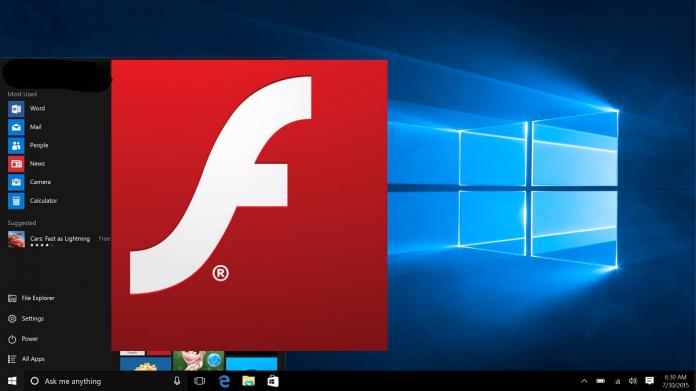1 Microsoft2 Apple3 Facebook4 Google
To ensure a smooth end, Adobe is working with Apple, Facebook, Google, Microsoft, and Mozilla. Those web giants have announced their own plans for killing off Flash Player on their browsers. Adobe is also reaching out to content creators to change their Flash content to other formats. The multimedia software language was once a staple of the internet. It was utilized to create web apps, websites, games, animations, mobile services, and more. It was also the de facto platform for video and audio streaming. While Flash was traceable as early as the mid-nineties, it was Macromedia who drove the growth of the platform. Macromedia was acquired by Adobe in 2005, arguably when the end of Flash’s popularity was already in sight. Adobe has managed to keep Flash going since, mostly due to many websites and services that have not updated to open standards like HTML5. However, the company says the end is now in sight, explaining its decision in a blog post: “open standards like HTML5, WebGL, and WebAssembly” have matured over the past several years to the point where they can handle “many of the capabilities and functionalities that plugins pioneered.” Adobe explains. “Today, most browser vendors are integrating capabilities once provided by plugins directly in the browsers and deprecating plugins.” Adobe’s reasoning is completely correct, but why is the company taking so long to shutter Flash? Three years is a very long time to phase out a technology. The company argues that many organizations have built their infrastructure around Flash and will need time to migrate. In the meantime, Adobe will continue to provide security, updates, and support. Highlighting the need to move away from Flash, Adobe has called on tech giants to show their plans for phasing out Flash.
Microsoft
Microsoft started preventing Flash loading by default in Edge last year. On Windows 10’s browser, users can only view Flash content if they choose to. Microsoft says a full transition to HTML 5 brings improved performance and security. The company has laid out a detailed timeline for ending Flash in a Windows Blog post today:
Through the end of 2017 and into 2018 — Edge will continue to ask users for permission to run Flash on most sites the first time the site is visited, remembering the user’s preference on subsequent visits. IE will continue to allow Flash without prompting for permission. Mid to late 2018 — Edge will require permission for Flash to be run each session. IE will continue to allow Flash for all sites. Mid to late 2019 — Flash will be disabled by default in both Edge and IE. Users will be able to re-enable Flash in both browsers. End of 2020 — Flash in Edge and IE will be removed across all supported versions of Windows. Users will no longer have any ability to enable or run Flash.
Apple
Apple played a significant role in the demise of Flash. Steve Jobs was a known critic of the platform and through Apple pointed to a future without Flash. The iPhone and iPad launched without Flash and the company was derided from some quarters for moving to HTML 5 so early. On Mac, the company has been shipping its machines without Flash pre-installed since 2010.
While Facebook does not provide a browser, its network is encompassing enough to include Flash games and other content. As such, the company has opened a path that allows developers to migrate to open formats. Additionally, Facebook will give webinars to help dev’s learn how to safely move away from Flash without impact on their content.
Google has previously detailed its move away from Flash and Chrome was ahead in terms of browsers moving away from the platform. Flash has been all but eliminated from Chrome, YouTube, and even Google Ads. Google previously announced that it will cut all Flash support in Chrome. Chrome 53 has been actively blocking since September. This month, HTML5 will be the default standard platform for browsing in Chrome 55. Some websites are still wholly reliant on Flash. Like Microsoft, Google says users can manually activate Flash if a site specifically needs it. However, also like Microsoft, the company is urging developers to update their websites to HTML5. With Flash now on the road to demise, Google will further step up its push to encourage developers to migrate.




